CO-CURRICULAR ACTIVITIES
Guest Lecture on Scope Of Gis And Application Of Gis In Civil Engineering


A guest lecture was arranged for V and VII semester students of civil engineering on 10.11.23 in B-101 from 11.00 am to 01.00 pm on “Scope Of Gis And Application Of Gis In Civil Engineering”. The session was conducted by Mrs. Varsha and Mr. Vijay kumar who have a rich professional experience of 5 years in GIS. They are currently working as Senior GIS Trainers, Avakaza Geoscience Research Technologies, Bengaluru. The students were enlightened on various scopes and applications of GIS in civil engineering. This being the most far-fetched question for all the budding civil engineers.
Key Points of the session:
- use GIS to collect and evaluate geographic data, Digital geographic maps can then be used to showcase the data in layered visuals.
- GIS, or geographical information system, is software that analyzes, stores, and manipulates geographical information so that it can be seen in relation to other things.
- It can be used across numerous industries to gather all kinds of information from environmental data to determining logistics.
- GIS can take any source of relevant data and turn it into an interactive map, from spreadsheets to satellites, IoT to information databases.
- Remote sensing data is one of the most distant sources of data for GIS. Data collection from a distance is what remote sensing is all about.
GIS Applications in Civil Engineering
- Structural: Civil engineers can use GIS to include a multitude of material data and area history data in their designs. As a result, structural analysis is one of the most widely used GIS applications. Designs can benefit from past failures by combining 3D GIS maps with standard design methodologies.
Compared to tabular data, GIS mapping has a number of advantages. Engineers may “see” problems before the first tonne of concrete is poured using interactive overlays and 3D models.
- Environmental: The obvious area that GIS can provide information for is agencies that need environmental information about the land, water sources, and other natural elements. With enough data, GIS software can create as many overlay map layers as needed to aid engineers in conducting impact analyses.
In analysis maps, historical data, future growth plans, industrial concerns, and other data can be merged. Engineers can make the least impactful decisions by offering a simultaneous perspective of the aspects that can affect the environment. The information can be used to find patterns in natural occurrences such as soil erosion. It can also help in predicting natural disasters.
- Transportation: Another obvious area where GIS is a valuable tool is transportation because of its ability to help in planning and logistics of roadways. There have also been developments in GPS equipment that uses GIS technology. Traffic flow trends can be shown alongside population changes on the same map using GIS techniques at the same time.
At any point, new map layers, such as those depicting the best paths for future bridges, can be added. The advantage of GIS in transportation engineering is that it allows for the superimposition of essentially endless amounts of data over the research region.
GIS applications are also sturdily constructed. Highly dynamic traffic data or rapidly changing flood levels are no problem for GIS software.
- Wastewater/Stormwater: Hydraulic and hydrologic modeling data can be integrated with GIS programs to give a complete examination of water utility systems.
To forecast water demand, GIS combines data from customer information systems, water flow at various nodes, and historical data. Another application is to plan drainage upgrades by integrating terrain analysis with flooding information. All of this can be visualized using 3D mapping, which includes graphical and numerical data layers that can be accessed with a single click.
- Site Analysis: GIS analyses and integrates a variety of images and data fast. Clients can readily relate to a simple map; therefore, the data are incredibly accurate and presented geographically. Serial images, environmental protection regions, city and zoning designations, soil and topographic maps, and serial images are all possible additions to the base map. Overlays of relevant data on economic activity, transportation flow, and population expansion combine to quickly give a clear image of the site’s restrictions and prospects.
- Surveying: GIS proves to be an essential tool in surveying because precise measurements are needed in order to create accurate mapping systems. Surveyors may easily assess environmentally sensitive regions, forestry, government control, road networks, previously established boundaries, zoning, permit status, and other vital information using GIS technologies.
These improved capabilities reduce duplication of effort and encourage collaboration with other planning and government entities. The data is saved and conveniently accessible for use in future projects using the location.
- CAD Integration: CAD compatibility is a critical component, web locations are used to access files on national GIS, and level CAD documents are adapted and maintained from the central location, reducing duplicate datasets and providing a platform for all spatial data supply and functionality. With CAD integration you can:
- View live GIS maps and see the GIS symbols of all the underlying GIS data structures in CAD
- Incorporate the results of your GIS study into your CAD designs
- Incorporate GIS base maps into your CAD designs.
- Create a coordinate system in AutoCAD to project maps on the fly without having to change CAD designs or convert GIS data
- Civil engineers can use GIS to organize and distribute data, as well as turn it into clearly understandable reports and visualizations that can be studied and conveyed to others. As a result, GIS is becoming more significant in civil engineering firms, assisting with all aspects of the infrastructure life cycle.


